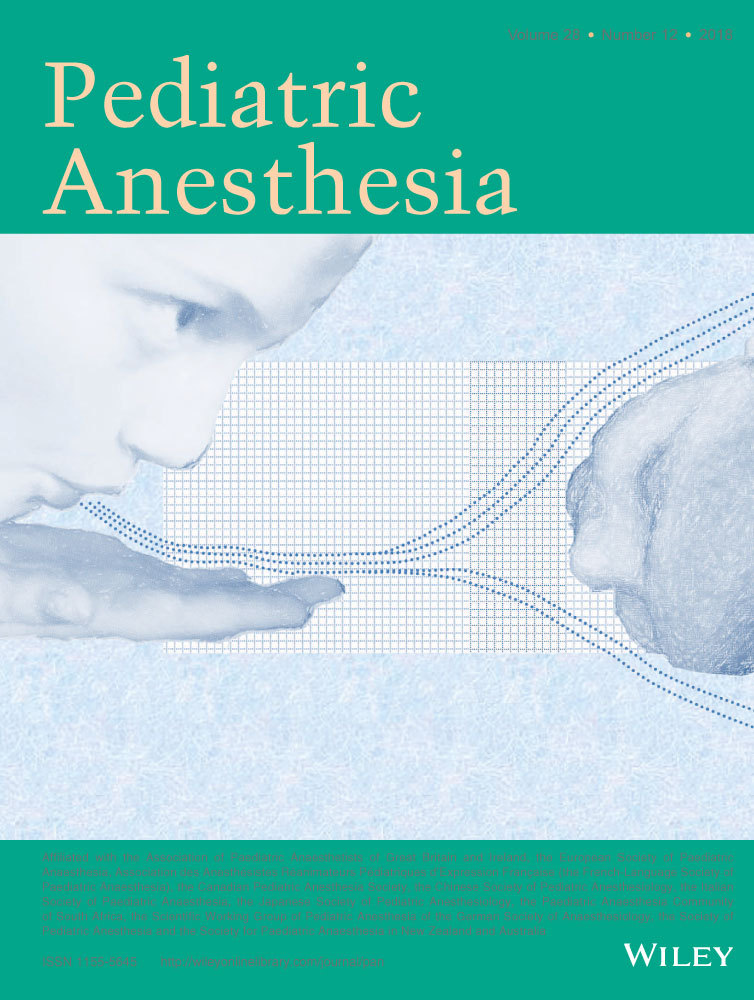A retrospective observational study of acquired subglottic stenosis using low-pressure, high-volume cuffed endotracheal tubes
Funding information
The study was funded by departmental resources.
Summary
Introduction
The safety of cuffed endotracheal tubes in the neonatal and critically ill pediatric population continues to be questioned due to the theoretical risk of acquired subglottic stenosis. The incidence of acquired subglottic stenosis in the high-risk mixed surgical and medical critically ill pediatric cohort using high-volume, low-pressure cuffed endotracheal tube policy has not yet been described. The aim of our study was to describe and evaluate the use and complication rate of cuffed ETT's in our unit over a 5-year period.
Methods
We defined clinically significant subglottic stenosis as a positive stenotic finding of endotracheal tube-related pathology on a microlaryngoscopy within 6 months of invasive ventilation. All patients admitted through our pediatric critical care unit from January 10, 2012 to January 25, 2017 were matched against our theater management system database for the same period. We reviewed all matching patients’ baseline demographics, comorbidities, intubation/endotracheal tube history, and subsequent surgical management.
Results
Of 5309 pediatric critical care unit admissions (61% ventilated) and 1251 microlaryngoscopies, 23 children had endoscopic findings of clinically significant endotracheal tube-related pathology, reflecting 0.68% of all intubated patients. Eight patients developed acquired subglottic stenosis. All those requiring major surgical correction were ex-premature neonates initially intubated with uncuffed tubes in an external neonatal intensive care. No patient initially intubated with a cuffed endotracheal tube developed subglottic stenosis requiring surgical correction.
Conclusion
We report no single case of acquired subglottic stenosis in our cohort that required major surgical correction from a cuffed endotracheal tube during a 5-year period. The introduction of a policy of appropriate placement and maintenance of low-pressure, high-volume cuffed endotracheal tubes in the pediatric critical care unit was not associated with an increased rate of endotracheal tube-related subglottic trauma.




